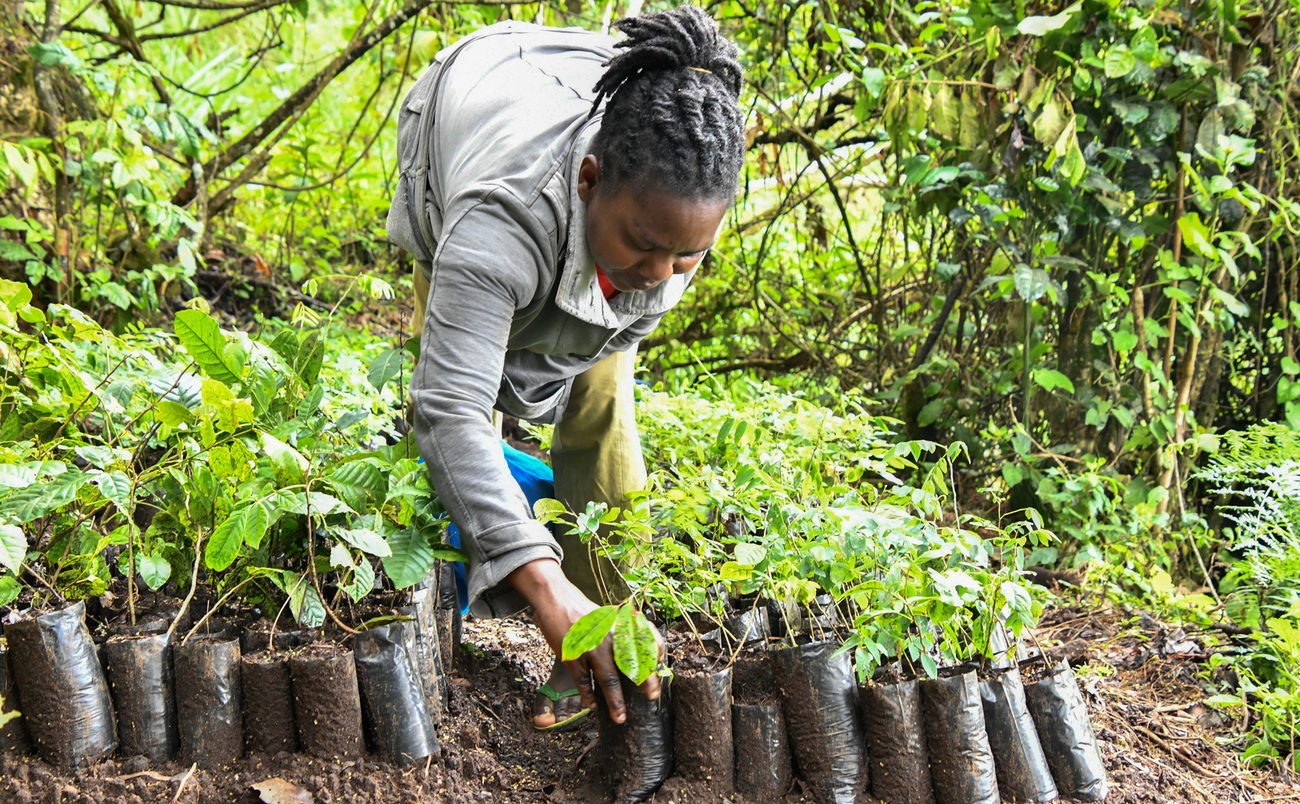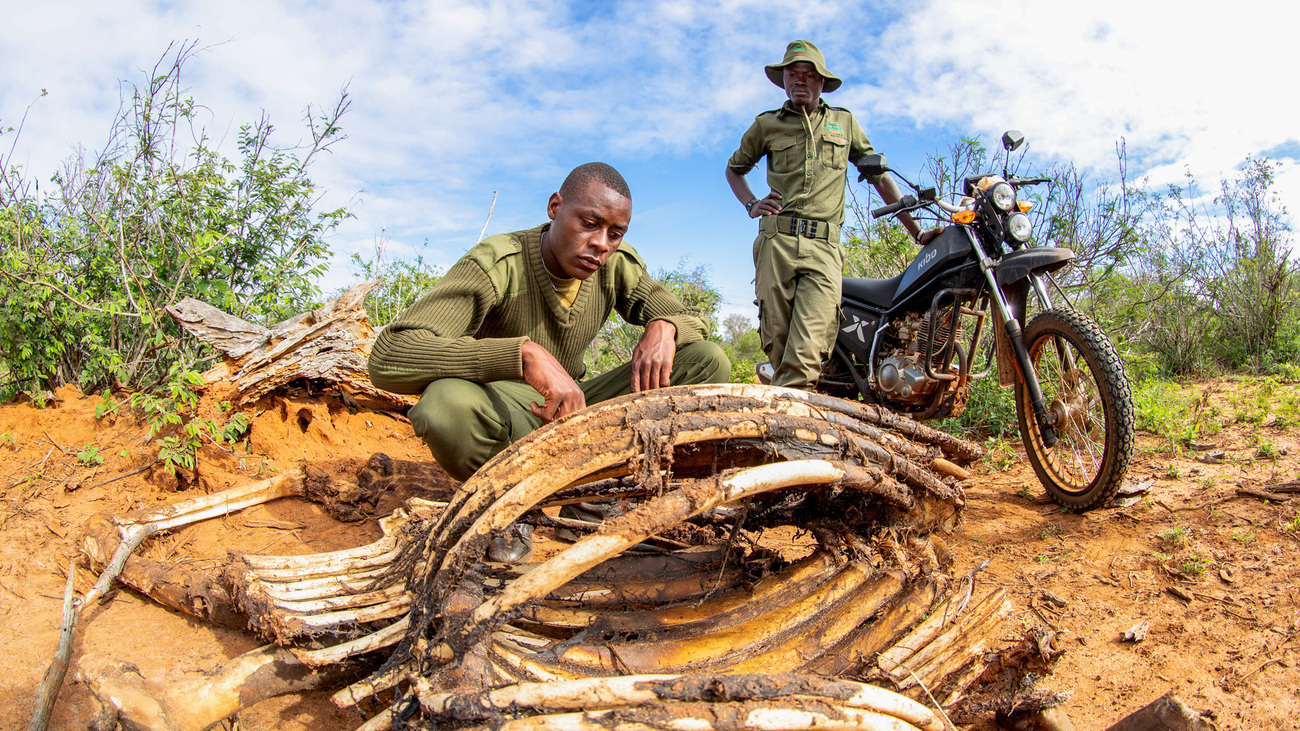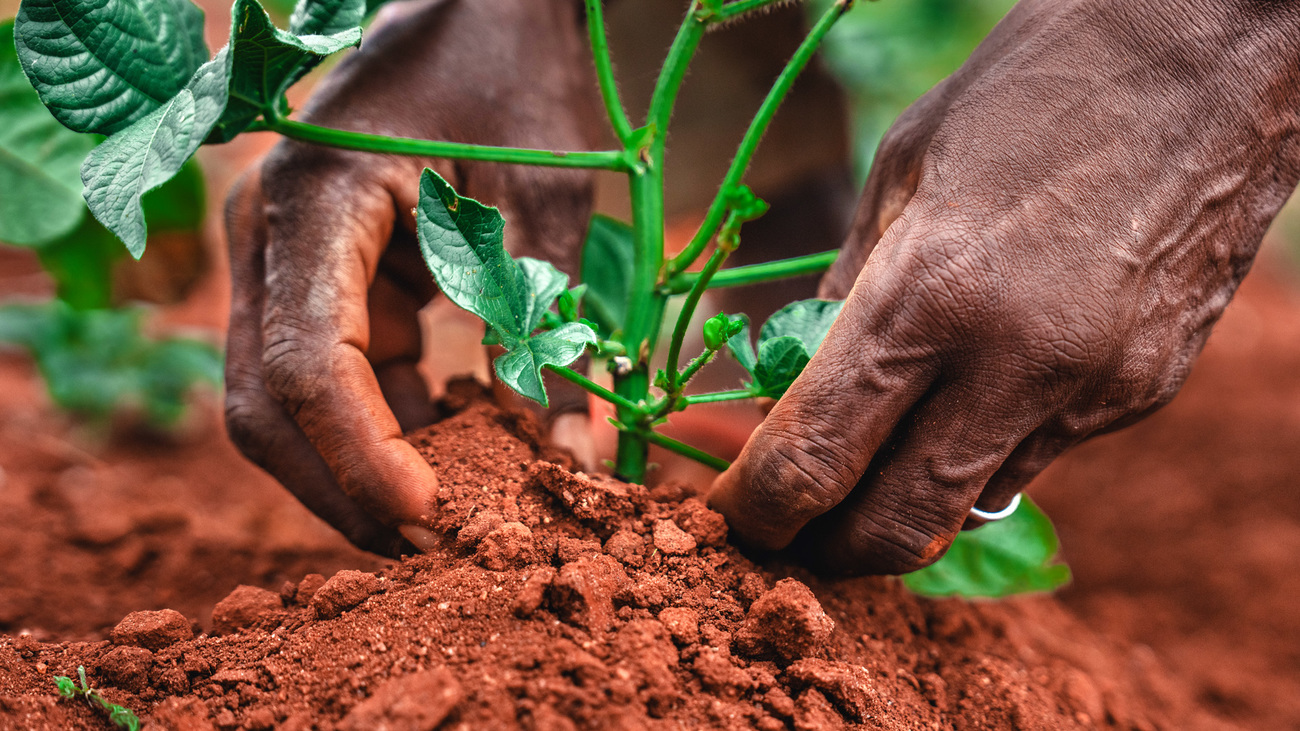Victor Murunga
Conservation successes in Amboseli and Tsavo despite funding setbacks
Conservation successes in Amboseli and Tsavo despite funding setbacks
In 2022, IFAW launched a bold conservation initiative to lay a foundation for transforming Kenya’s Amboseli and Tsavo ecosystems. A $7.8 million grant from the US government aimed to strengthen biodiversity protection, improve natural resource governance, and build climate resilience in these ecologically important conservation areas. It was envisioned as a five-year effort, but it only lasted half that time due to the closure of USAID and associated funding cuts.

But even in just 2.5 years, the Sustainable Management of Amboseli and Tsavo Landscapes (SMAT) project delivered tangible, wide-reaching results that underscore the power of funding strategic, locally grounded conservation.
Tangible results
The project placed more than 376,000 hectares of land under improved conservation management. This massive land transformation was achieved through legal recognition and stewardship by community conservancies. Five conservancy management plans were created to ensure that natural resource use followed structured, community-informed approaches that aligned with biodiversity protection and livelihoods. These plans are central to enforcing grazing regimes, zoning, ecotourism operations, and conflict resolution between humans and wildlife.
Improved infrastructure was another core achievement. We helped rehabilitate 430 kilometres of conservancy roads, unlocking remote landscapes for ranger patrols, ecotourism investment, and faster response to incidents of human-wildlife conflict. We helped construct more than 1,700 square metres of office space for community conservancy staff, an often overlooked, but essential, investment in administrative and logistical capacity.
The project also facilitated the training of 133 community officers in anti-poaching and law enforcement techniques, which bolstered security in critical wildlife areas. Their efforts led to more than 100 arrests, the removal of hundreds of snares, and a notable decline in poaching incidents in targeted zones.

Championing community resilience
Recognising that conservation success hinges on the well-being and inclusion of local communities, the project trained more than 1,545 individuals in climate-smart agriculture, agroecology, and water management. These interventions help with climate adaptation, increase food security and household incomes, and reduce dependence on fragile natural ecosystems.
Clean energy adoption also took center stage. More than 500 households transitioned to sustainable energy sources, such as solar lighting systems and energy-saving cookstoves. These have reduced reliance on kerosene and firewood, cutting carbon emissions and deforestation, and improved health outcomes, especially for women and children, who suffer disproportionately from indoor air pollution.
Access to water, an ever-pressing concern in semi-arid regions, improved for 173 households through the construction of tanks and dam liners and the desilting of water pans. These efforts reduced human-wildlife conflict by minimising competition over scarce water resources and increased agricultural productivity.
Youth and women, often sidelined in conservation governance, engaged in economic empowerment and leadership training. Beekeeping, tree nursery management, beadwork, and kitchen gardening provided alternative livelihoods, enhanced self-reliance, and fostered community ownership of conservation outcomes.
Unfinished business
Despite the project’s successes, several plans remain incomplete due to the early termination of USAID funding and administrative delays. These are missed opportunities for wildlife and communities.
Some critical infrastructure developments, such as the construction of ranger housing in Shirango Conservancy and a formal land survey, were stalled. Similarly, 300 kilometres of road upgrades, vital for improving tourism access and security patrols, could not be completed. These gaps continue to limit conservancies’ full potential.
Key governance and policy processes were interrupted, as were the development of management plans and community empowerment initiatives—especially for women and youth.
The project was unable to roll out Technical and Vocational Education and Training (TVET) for 50 youth, nature-based enterprises (e.g. beekeeping, pasture production, tree nurseries), and small business development initiatives. Plans to build 1,000 additional energy-saving cookstoves and provide alternative livelihood support through the purchase of livestock were shelved.
Initiatives to plant 6,000 seedlings for rangeland restoration and introduce livestock vaccination and breed improvement programs were disrupted.

Finally, innovative conservation financing models, such as biodiversity credits and species bonds for the Amboseli ecosystem, were still in exploratory stages and could not be piloted.
What the future holds
These achievements offer a blueprint for other landscape-based conservation models. Going forward, the next frontier is consolidation and scale. Existing conservancies need to deepen their institutional capacity and secure long-term funding from project-based donor models to ecosystem financing. This includes exploring biodiversity credits, public-private conservation concessions, and national green funds that integrate climate, land, and economic development objectives.
Perhaps the greatest legacy of the SMAT project lies not in hectares secured or dollars raised, but in mindsets shifted. Conservation is no longer seen as the responsibility of single entities; it is increasingly viewed as a local livelihood strategy, an expression of cultural identity, and a path to resilience in the face of climate change.
At IFAW, we are not walking away from this landscape—we are stepping forward with renewed purpose. The early closure of SMAT reinforced what we already knew: that impactful, locally led conservation cannot be left at the mercy of short-term funding cycles. It demands fresh thinking, bold action, and long-term partnerships that put communities at the heart of environmental stewardship.
We’ve seen what works. Now, our task is to sustain it. We will continue building coalitions, seeking innovative financing models, and amplifying the voices of those who protect Amboseli and Tsavo every day. From climate-resilient livelihoods to rangeland restoration, we remain committed to the people and ecosystems who call this region home.
This is unfinished work, but it’s a story of potential. And with the support of donors, partners, and visionary funders, we can finish what we started and scale what we’ve proven.
Join us in building the future of conservation—one that is inclusive, resilient, and rooted in hope.
Related content
Our work can’t get done without you. Please give what you can to help animals thrive.